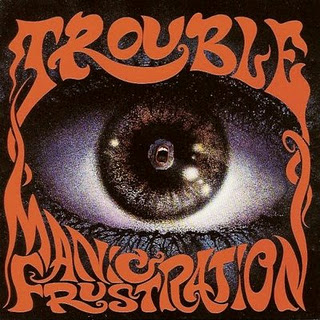NOTE: Coffeeology has since changed ownership and decor. A more recent appraisal would put it at a 7.75 to 8.
Located at 423 Tate St., Coffeeology offers waffles, crepes, sandwiches, gelato and numerous java- and non-java-based beverages. Soup and sandwich specials change daily.
More so than anything else these days, Coffeeology is a testament to the efficacy of the free market. Founded by a former employee of Tate Street Coffee, the newcomer offers a number of things you won’t find across the street:
Benefits to the local economy aside, Coffeeology has a lot going for it. The beverage selection is extensive. Not only does coffee come in numerous strengths, sizes and flavors (none of which, as a non-coffee drinker, I can vouch for), but you can get hot white chocolate and spiced apple cider (hot or cold) year round.
Like most coffee shops, Coffeeology has the requisite assortment of baked goods, including a respectable selection of cheesecake. But unlike other java-slingers, Coffeeology doesn’t limit itself to dessert. Breakfast is available all day long, making it possible to enjoy banana split waffles at the unlikely hour of 8 p.m. Or, conversely, you can take in a prosciutto and cheese panini in the morning (fresh fruit or chips are your side options).
The gelato is top-notch, which is a blessing considering its scarcity in Greensboro. Traditional ice cream flavors like cookies n cream comingle alongside the custard-like zuppa and other Italian specialties. Free samples make it difficult to decide on a flavor and equally hard to pass up.
The quality of Coffeeology’s potables would mean nothing, however, if they were priced prohibitively. Fortunately, they aren’t. Waffles, crepes and panini run between $5 and $7 and egg sandwiches can be had for less. Several of the desserts and specialty drinks go for more than $3, but for the more economically-minded, beverages can be found for as little as $2.
Free WiFi, pleasant cashiers, outdoor seating and a general lack of hassle all combine to make Coffeeology hard to pass up. Ironically, that very popularity is probably its biggest drawback. Lunchtime crowds make finding an open seat or getting your food quickly a risky proposition. Go off-peak though and you aren’t looking at much of a wait at all.
If it’s proximity to UNCG gives Tate Street a dubious culinary reputation, Coffeeology makes a compelling counterargument. Fine dining it is not, but you’d be hard-pressed to find a better spot in the neighborhood (or in much of Greensboro, for that matter) to grab something to drink or a bite to eat at a random hour.
8.75/10





